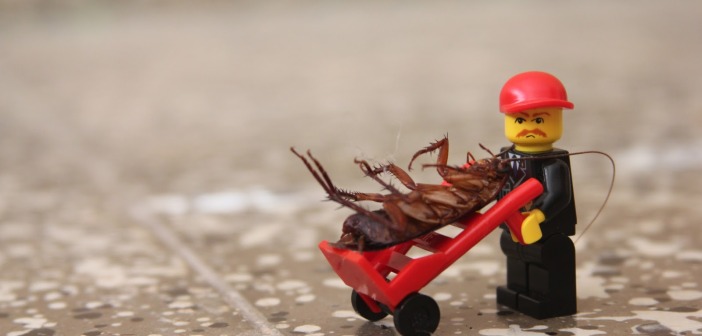The realization of pests can be a stressful experience for any person. However, with the right procedure and strategy, the pests can be managed easily. The first stage is to identify the pests that require management. This is to be followed by adoption of the required management skill set.
Due to the need to preserve and conserve the environment, it is highly advisable to adopt the integrated pest management strategy. It is worth noting that this is highly effective, particularly as an in-between treatment. According to Green Pest Management, LLC, “The strategy has the added advantage of being sensitive to the environment as well as being easy to understand and implement. The integrated pest management advice is premised on the understanding of the life cycles of the pests and their interaction with the environment.” The steps therefore manage pests in a manner that:
- Is most economical
- Has the least possible effect on the health of the people around
- Has the least possible damage to the environment
- Has care on the life of the property on which it is being used
Further to this, the integrated pest management system can be applied on agricultural as well as non- agricultural products. This can be in diverse settings such as residential homes, the commercial places and the gardens. The management of the pests should be carried out after careful consideration of all the involved circumstances as well as the time line that is being targeted. This advice has been summarized in four-step analysis that is easy to understand and can be implemented in a similarly easy to understand procedure.
The first step involves setting the action threshold. This step involves identifying the optimum point in which pest management is to be carried out. In most cases, this is usually identified to be the stage in which the pest has been cited to be an economical threat if not properly managed.
The second stage will be to identify the pests through a monitoring and evaluation procedure. It is important to note that some insects that may initially be considered to be harmful are in fact beneficial and require no control. A distinction should thus be made on the innocuous and harmful pests.
The third step is the preventive stage. The pest management should first seek to manage the area that has been infested with the pests. This can be the crop, the gardens or the office place. Examples of this initial control can be rotating between the crops that are being grown or seeking breeds that have been scientifically proven to be pest resistant. This has the advantage of reducing the costs and the threats that are posed to the people and property around.
After the identification and the monitoring process, the integrated pest management strategy is to choose the best suitable pest management strategy. This step is influenced by the prevalence of the pest infection as well as the urgency of the situation. It is highly advisable to start the process of pest management at the earliest opportunity in order to mitigate the effects on the one hand, and make the process more effective on the other hand.
As an in-between treatment for pest management, it is critical to note that the success of the process is solely pegged on the dedication of the individual. While there are diverse strategies that have been proven to be highly effective, the bottom line lies with the procedure that is followed at all stages of the pest management process and program. According to the Pesticides Tropical and Chemical Fact Sheet, every stage of pest management is equally important in the long run.
Reference




